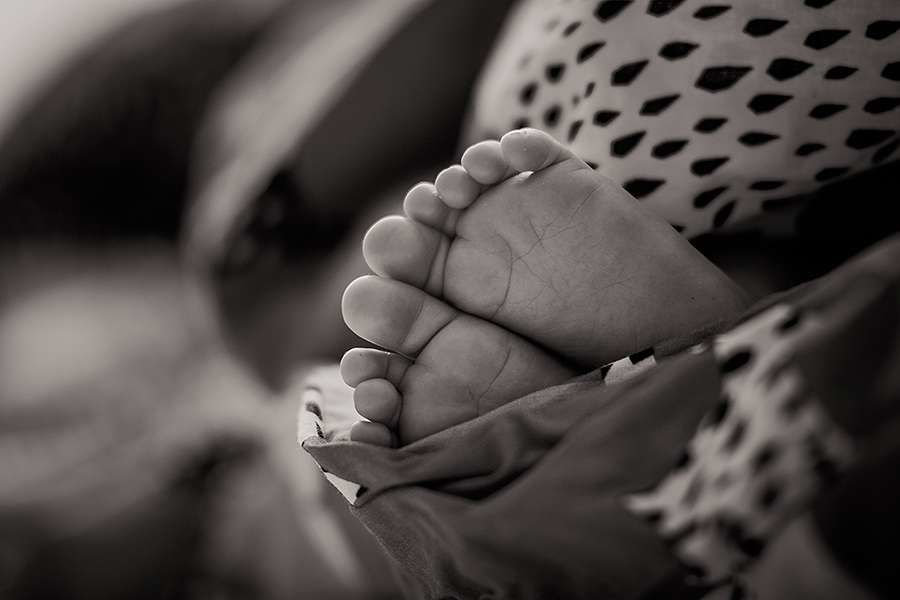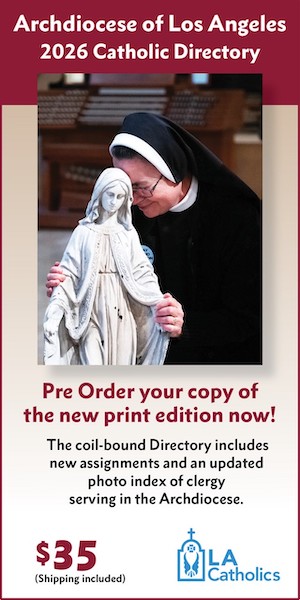Washington D.C., Nov 7, 2017 / 03:00 pm (CNA/EWTN News).- Next week, America’s bishops will meet in Baltimore for the annual fall meeting of the United States Conference of Catholic Bishops. 2017 is the one-hundredth anniversary of the episcopal conference, and the bishops will begin their meeting with a day of talks, Mass, and a celebratory dinner honoring their history.
Invariably, the bishops will remember the figures who loom large in the conference’s history. Notable among them is the late Cardinal Joseph Bernardin, who served as general secretary to the bishops’ conference from 1968-1972, and was its president from 1974-1977. Bernardin oversaw the conference during periods of change after the Second Vatican Council, and shaped the culture of the conference in ways that continue to have effect.
It is particularly appropriate that Bernardin will be remembered at a meeting in which his views, especially in the area of the Church’s pro-life advocacy, will be a factor in the bishops’ deliberations.
The fall meeting will include elections for some executive roles in conference leadership, and for the chairmanships of several committees. Most notable is the election of the chairman of the bishops’ Committee for Pro-Life Activities, which is presently headed by Cardinal Timothy Dolan, Archbishop of New York. The committee is customarily overseen by a cardinal, and one of the candidates for the position is Cardinal Blase Cupich, Archbishop of Chicago. Cupich is one of few American cardinals who has not headed the committee. Running against him is Archbishop Joseph Naumann of Kansas City, who is already a pro-life committee member.
In many ways, the election is a referendum on the bishops’ approach to “pro-life activities,” and Bernardin figures significantly into that question.
In theological circles, Cardinal Bernardin is most well-known for his “Consistent Ethic of Life” viewpoint, known colloquially as the “seamless garment" approach. In a famous lecture at Fordham University in 1983, Bernardin explained the concept, advocating “that the pro-life position of the Church must be developed in terms of a comprehensive and consistent ethic of life.”
This meant, he said, that the bishops must regard as pro-life issues not only abortion, but immigration, care for the elderly, the death penalty, nuclear proliferation, and a host of other issues in which the dignity of human life might be undermined. Being pro-life, he said, meant opposing abortion, but also “specific political and economic positions on tax policy, employment generation, welfare policy, nutrition and feeding programs, and health care.”
Supporters say the “seamless garment” perspective served to raise consciousness among Catholics regarding a number of issues which threaten human dignity. Critics say that it implied moral equivalency between abortion and other issues, diminishing the significance of abortion, and implying that there was not room for diversity of opinion on other economic and social issues.
While Bernardin disputed these criticisms, and was outspoken against abortion, the "seamless garment" view seemed to be rebuffed by Pope St. John Paul II, who identified abortion as a uniquely grave offense against human life, and argued that ending abortion was a necessary first-step for resolving other social and political offenses against human dignity.
When John Paul II visited the United States in 1993, he popularized the term “culture of life,” and spoke directly about the primacy of abortion among other political issues. John Paul II’s Evangelium Vitae, published in 1995, prioritized opposition to abortion, noting that “among all the crimes which can be committed against life, procured abortion has characteristics making it particularly serious and deplorable,” and lamenting that the gravity of abortion had become “progressively obscured.”
While Bernardin’s “seamless garment” was understood to regard abortion as one among many “pro-life” issues to addressed, John Paul II’s “culture of life” approach identified abortion as the priority issue for Catholics to address in public policy and pastoral life.
As Cardinal Bernardin promoted the “seamless garment,” the late Cardinal John O’Connor was the champion of the “culture of life” approach among American bishops. He prayed at abortion clinics, addressed Catholic politicians who supported abortion, promoted post-abortion ministry for women, and founded the Sisters of Life, a religious community uniquely engaged in “culture of life” pastoral initiatives.
Cardinal O’Connor served as chairman of the USCCB’s pro-life committee in the early 1990s. His efforts set the direction of the USCCB’s approach to pro-life activities over the past 20 years, in part because of the partnership he formed with the Knights of Columbus, which has provided much of the funding for the bishops’ pro-life efforts. Although Cardinal Roger Mahony, a proponent of the "seamless garment," chaired the pro-life committee subsequently, the bishops’ Pastoral Plan for Pro-Life Activities, which guides the work of the pro-life office, reflects the views and methodology of O’Connor, and serves as a kind of link to his memory and legacy.
Certainly, O’Connor’s vision seems to have directly shaped the approach of Archbishop Joseph Naumann. As a young priest, Naumann oversaw the pro-life office of the Archdiocese of St. Louis. Under his leadership, the archdiocese began the Project Rachel ministry, a post-abortion healing ministry of the kind O’Connor championed. Naumann worked to support pregnancy centers and homes for mothers and children, also projects important to O’Connor. As Archbishop of Kansas City, he’s challenged pro-choice Catholic politicians, spearheaded efforts to restrict abortion in Kansas, and prioritized abortion in his teaching ministry.
Like Naumann, Cupich has spoken directly about the moral issue of abortion, and strongly criticized politicians whom he believes take pro-choice advocacy too far. This year, he expressed “disappointment” when Illinois’ governor signed a bill expanding taxpayer-funded abortion in the state.
But Cupich has contextualized these efforts in the memory of Bernardin’s “seamless garment.” In an essay this May in Commonweal, Cupich wrote that Bernardin “deserves a fresh hearing,” and highlighted the importance of “efforts to engage and persuade” by public advocacy of the Church’s “comprehensive commitment to respecting life.”
The effect of this approach is Cupich’s broadening of what might be understood as a “pro-life” issue, or, at the USCCB, what might be understood as “pro-life activities.” Cupich has said repeatedly that gun control, for example, is a “pro-life” issue. In a 2015 column in the Chicago Tribune, Cupich wrote that “we should be no less appalled” by poverty, immigration policy, racism, the state of health care, unemployment, or gun violence, than we are appalled by abortion.
Emphasizing the relationship between these issues is at the heart of the “seamless garment” approach. Supporters argue that this emphasis enhances the Church’s credibility, and allows her to eschew partisanship.
Critics argue that Cupich’s take on the “seamless garment” diminishes the significance of abortion, and seeks to minimize abortion-specific advocacy and pastoral work. Those critics note that in 2016 the pro-life office of the Archdiocese of Chicago was folded into a new office, called the Office of Human Dignity and Solidarity. They also point to Cupich’s 2011 directive to the priests and seminarians of Spokane, where he was then serving as bishop, which discouraged them from praying at abortion clinics during the annual 40 Days for Life campaign. In 2016, the pro-life office of the USCCB honored the founder of 40 Days for Life, Fr. Bill Carmody.
At issue, fundamentally, is how the bishops understand what it means to be “pro-life.” While Naumann’s election would signal continuity with the current approach, Cupich’s election would likely represent a remaking of the pro-life office in the model of the “seamless garment.”
rn
rnOver the centuries, the Church has learned that important conversations often take place across decades. Debates surface, seem to settle, and then surface again. The “seamless garment” debate has not raised its head in a serious way among the American bishops in nearly 20 years. Next week, as the bishops consider 100 years of the unity of their conference, they’ll also revisit one of their long-standing points of disagreement.

